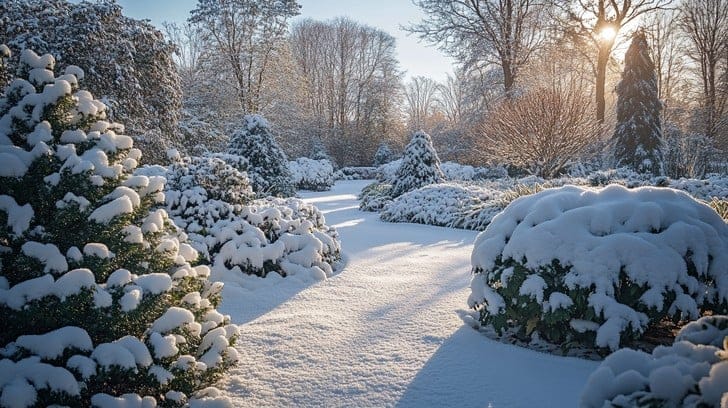As the colder months approach, it’s important to start thinking about how to prepare your garden for winter. Winterizing your garden not only ensures that it stays healthy during the harsh weather but also sets the stage for a vibrant spring. Before you get started, grab a few essentials, including extra large plastic trash bags for all your garden cleanup needs. These durable bags make it easy to collect leaves, branches, and other debris before the snow starts falling. Ready to get your garden winter-ready? Read on for step-by-step tasks that will make the process smooth and effective.
1. Clean Up Debris and Fallen Leaves
The first step in preparing your garden for winter is clearing out debris. Fallen leaves, twigs, and dead plant matter can lead to mold and disease if left unattended over the winter. Start by raking up all the leaves and cutting back any dead perennials. It’s a good idea to store these in compost piles or dispose of them using large garbage bags, which are sturdy enough to handle large amounts of garden waste.
While cleaning, pay special attention to removing weeds. Weeds can carry diseases and pests that might overwinter in your garden, creating more problems when spring comes. Tackling them now will save you a headache later.
2. Prune and Protect Your Plants
Next, it’s time to prune your shrubs, trees, and perennials. Pruning helps remove any damaged or diseased branches that could break during winter storms. It’s important to cut away any weak growth, as it won’t survive the winter and could attract pests.
Focus on cutting back perennials, such as hostas or peonies, to about 2 inches above the soil. These plants go dormant in the winter, so trimming them now helps to encourage healthy growth in spring. If you have rose bushes, wait until late winter to prune them, as pruning too early can harm the plant.
Once pruning is complete, consider wrapping sensitive plants like young trees or shrubs in burlap to shield them from harsh winds and freezing temperatures. This creates a protective barrier that helps them endure winter without damage.
3. Mulch Your Garden Beds
Adding mulch is one of the most important steps in winterizing your garden. Mulch insulates the soil, regulates temperature, and retains moisture. This layer also prevents soil erosion during heavy snow and rain.
Spread about 2–4 inches of mulch, such as wood chips, shredded leaves, or straw, around your plants. Focus on covering flower beds, vegetable patches, and around trees. The extra layer will help protect plant roots from the cold and preserve the integrity of your soil. In spring, this mulch can be worked into the soil to improve its texture and fertility.
4. Prepare Your Lawn
Don’t forget about your lawn as you prepare your garden for winter! A little maintenance now will go a long way toward keeping your lawn lush and green when spring arrives. Start by mowing your grass shorter than usual (about 2–3 inches high) to prevent diseases that thrive in long grass over winter.
Additionally, aerating your lawn is an excellent way to prevent soil compaction and improve drainage, ensuring that your lawn receives enough water and oxygen even during the colder months. Aeration tools can be rented or bought at most garden centers and are worth the investment for healthier soil.
If you have any bare patches in your lawn, sprinkle grass seed now to give the new grass a chance to establish itself before winter sets in. This will fill in those patches and help create a fuller, healthier lawn when spring arrives.
5. Protect Garden Equipment and Furniture
Finally, as you wrap up your garden tasks, don’t overlook your garden tools and furniture. Clean and store garden tools such as shovels, rakes, and pruners to prevent rust or damage over the winter. Oil any moving parts to keep them in good condition for next season.
If you have garden furniture, consider covering or storing it indoors. Exposure to freezing temperatures, snow, and moisture can cause wooden furniture to warp and metal items to rust. Investing in high-quality outdoor covers can save you from costly repairs or replacements come spring.
Final Take
Preparing your garden for winter may seem like a lot of work, but taking the time to complete these essential tasks will protect your plants, soil, and lawn during the colder months. By cleaning up debris, pruning plants, mulching garden beds, and protecting your garden tools, you’ll set yourself up for a flourishing spring.
With just a little effort now, your garden will be ready to thrive once the frost melts away. Happy gardening!

